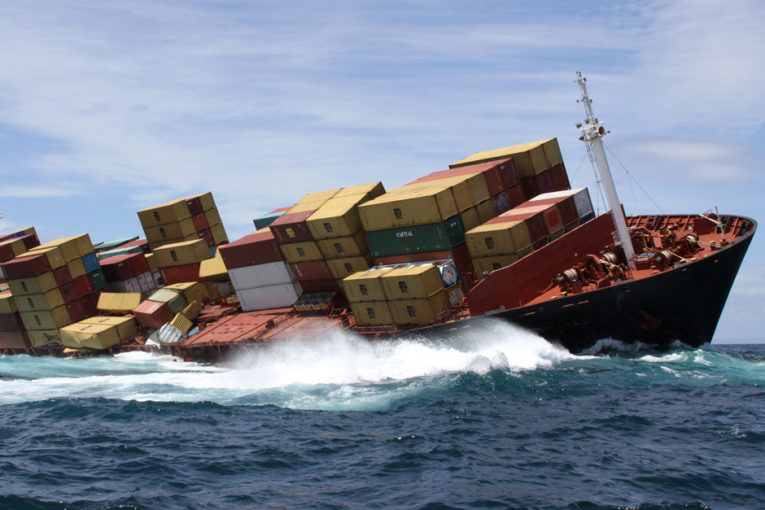
Last week, the first salvo of a global trade war was fired: U.S. tariffs on steel and aluminum.
Like the “shot heard round the world,” the American protectionist move has politicians and economists in industrialized nations strategizing with their spreadsheets. From Porsches to prosciutto, everyone is scouring trade numbers to see what can be tit–for-tat in the event of all-out global trench digging.
Canadian industries, on the other side of the bridge from where the shot was fired, have their helmets on. The volley is a prod to put all things we peddle—and to whom we peddle to—into perspective.
Steel, for instance, shares much in common with oil, natural gas and petroleum products businesses. Both are products sourced from a plentiful domestic endowment of resources — iron ore and hydrocarbons. Both fight for market share in a fiercely competitive global market. Both have long been vulnerable to the vagaries of government policy. Both are hugely important to their provincial economies, Ontario and Alberta respectively. And both are dominantly exported to the United States.
But that’s where the comparisons end. We sell a lot more barrels of oil than rolls of steel.
Sifting through the eye-rubbing data tables on the Statistics Canada website, exports of “iron, steel and articles thereof” in 2017 were $14 billion. About 86 per cent of those exports were sold to the United States. Aluminum and articles thereof was $12.6 billion. It’s not clear which product sub-classifications, if any, may be subject to U.S. tariffs. Nor do we know if nuts, bolts, fence posts, and other value-added articles thereof will be included. But let’s assume everything is thrown into the Trumpian blast furnace.
By comparison, exports of Canada’s oil, gas and petroleum products last year — during a period of depressed prices — were almost $106 billion, 91 per cent of which went south of the border.
That’s four times the value of iron, steel and aluminum exports combined, including all the value-added kitchen sinks.
Autos and auto parts, come next in size at $77.6 billion. After that, the export categories decline in value. Agricultural products, a business that goes back to the roots of our country, and are delivered to breadbaskets around the world, was $27 billion in 2017. Base metals (excluding iron and steel) were way down the value spectrum at $13.7 billion. And electricity, another energy export to the U.S. from our hydro-rich provinces, is collectively only about $3 billion.
If the Trump administration proceeds with its plans, Canada’s steel business may have to operate at a 25 per cent price disadvantage. Ironically, that’s a handicap similar in magnitude to what the oil industry is enduring on its heavy oils right now. Natural gas producers are more encumbered. They have one of their two arms tied behind their backs, fighting a 50 per cent discount to U.S. prices.
In dollar terms, the value loss being forfeited by the Canadian oil and gas industry today—some $10-15 billion annualized—is roughly the size of all steel exports. As illustrated vividly in my column last week Canada’s hydrocarbon discounts are actually subsidies being skimmed by foreign transfer agents, mostly of U.S. origin.
But wait; there is a steel lining to living with these temporary, selective discounts. Thinning profits have a way of sharpening pencils. As a result of commodity price discounts, many Canadian oil and gas companies have become creative and innovative awfully fast. Many a management team has learned the virtues of cost discipline, efficiency and being operationally competitive in the field. These lean-and-mean virtues are fundamental to long-term, global competitiveness. And they have battle-harden the business against future known unknowns.
Size comparisons are interesting, but there are bigger lessons in the emerging world disorder.
Of the $500 billion of annual Canadian merchandise exports, 75 per cent goes to the United States. It’s been a mutually rewarding dinner party that has been convenient and easy for many decades. But the guests now want to go home and bake their own dessert.
In my last column, I put forth the mantra that Canadians need to “think globally and act locally.” That advice was suggested before this simmering trade war broke out.
For any industry, the rules of commerce can change anytime by virtue of technology, policy, politics and many other external influences.
The trade-war shot has been fired and heard. Canadian businesses are facing a prickly reminder that being obsessive about low-cost production, competing with innovation, finding new trading partners, and building infrastructure to facilitate trade beyond our continent, should all be national priorities — for all the products we sell.
Peter Tertzakian is Executive Director of the ARC Energy Research Institute in Calgary, Alberta.
You can read more of the news on source
